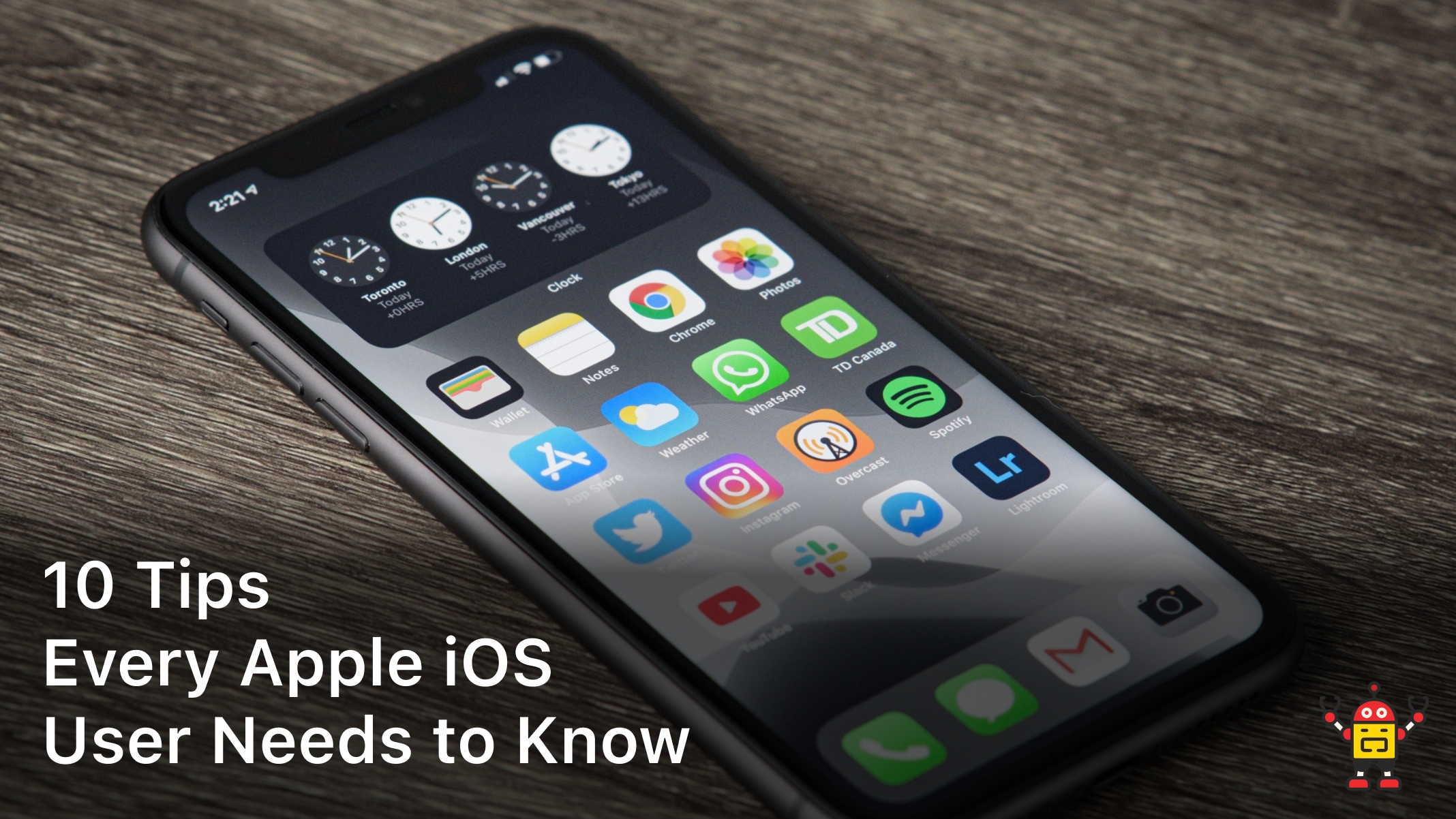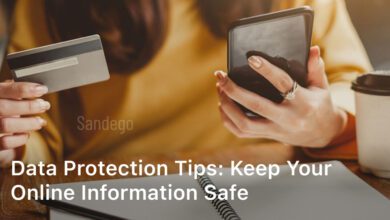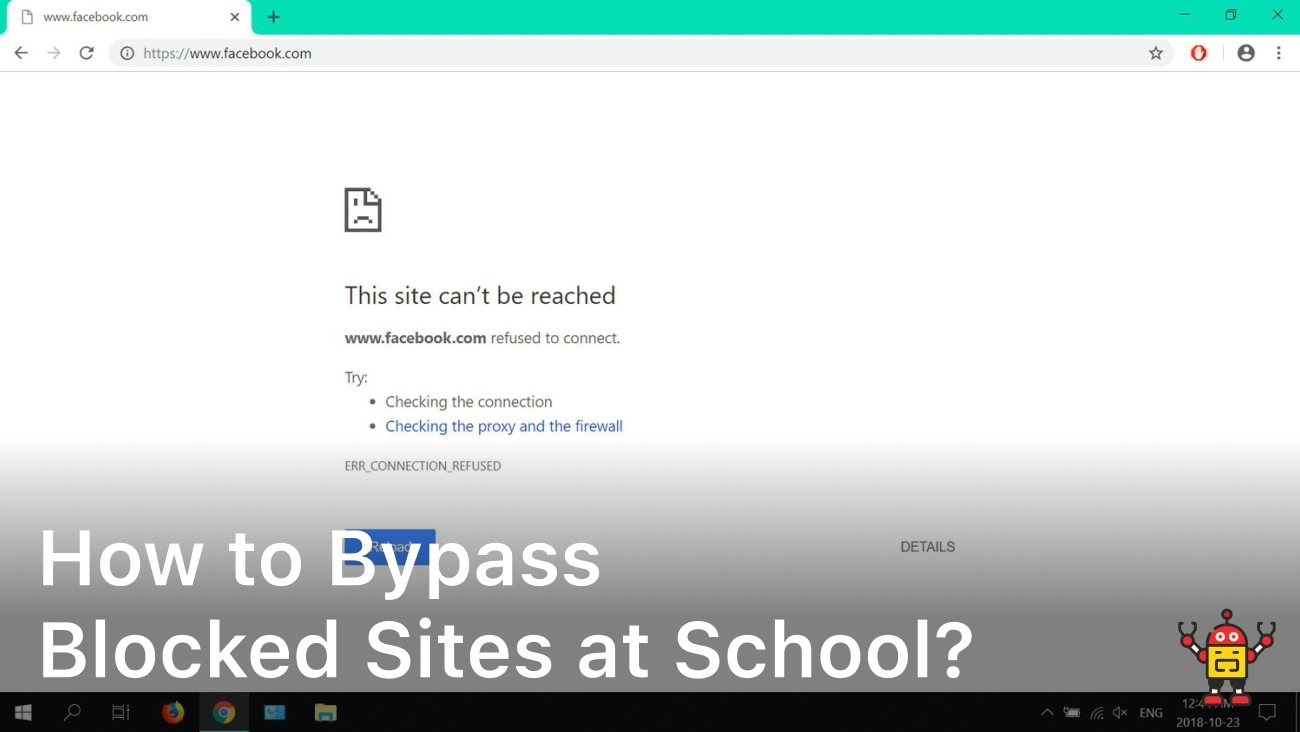Welcome to our guide on how to stay safe when shopping online! With the convenience and accessibility of online shopping, it’s essential to take the necessary precautions to protect yourself and your personal information. In this article, we’ll provide you with valuable online shopping safety tips and secure online shopping practices to ensure a worry-free experience. By following these best practices, you can shop confidently and protect yourself from internet shopping security risks.
Staying secure during online shopping starts with adopting safe online shopping habits. From creating strong and unique passwords to recognizing and avoiding phishing attempts, we’ll cover a range of topics that aim to mitigate the risks associated with online shopping. By the end of this guide, you’ll be equipped with the knowledge and tools necessary to navigate the online shopping landscape securely.
So, whether you’re a seasoned online shopper or new to the world of e-commerce, these tips for safe online shopping will help you shop smarter and protect your personal and financial information. Let’s dive in and discover how you can shop online safely!
Understanding the Risks of Online Shopping

When it comes to online shopping, it’s essential to be aware of the potential risks and dangers that can lurk behind the convenience of a few clicks. Understanding these risks is the first step towards protecting yourself and your personal information from falling victim to common online shopping scams.
Common Online Shopping Scams
Scammers are constantly evolving and finding new ways to exploit unsuspecting online shoppers. By familiarizing yourself with these common scams, you can better equip yourself to identify and avoid them:
- Phishing scams: These scams involve cybercriminals posing as legitimate companies or websites to trick you into revealing sensitive information.
- Fake websites: Scammers create convincing replicas of well-known online retailers to lure shoppers into making purchases on their fraudulent websites.
- Identity theft: Hackers may attempt to steal your personal information, such as credit card details and social security numbers, to commit fraud or gain unauthorized access.
- Bogus sellers: Fraudulent sellers may advertise products they don’t actually have, taking your money and leaving you empty-handed.
By understanding the risks associated with online shopping, you can be proactive in protecting yourself and your information. In the next sections, we will explore specific strategies and best practices to ensure a safer online shopping experience.
Creating Strong and Unique Passwords
When it comes to online shopping account security, one of the most crucial steps you can take is creating strong and unique passwords. Your password serves as the first line of defense against hackers and cybercriminals who may attempt to gain unauthorized access to your personal and financial information.
Password best practices can significantly enhance the security of your online shopping accounts. Here are some tips to help you create secure passwords that are difficult to crack:
- Use a combination of uppercase and lowercase letters, numbers, and symbols in your password.
- Avoid using common words or phrases that can be easily guessed, such as your name, birthdate, or “password”.
- Make your password at least 12 characters long to increase its complexity.
- Avoid reusing passwords across multiple platforms or websites.
- Consider using password managers to generate and securely store unique passwords for each of your online accounts.
By following these password best practices, you can significantly reduce the risk of your online shopping accounts being compromised. Remember to change your passwords regularly and stay vigilant against phishing attempts and other malicious activities that may try to trick you into revealing your login credentials.
Ensuring Website Security
When it comes to online shopping, ensuring the security of the websites you visit is of paramount importance. As a savvy shopper, it’s crucial to choose secure online shopping websites and trusted online retailers to protect your personal and financial information.
To make sure you are dealing with a secure online shopping platform, consider the following tips:
- Look for HTTPS in the URL: When you’re about to make a purchase, check the website’s URL. Secure websites will have “https://” at the beginning instead of just “http://”. The ‘s’ in HTTPS indicates that the website has an SSL (Secure Sockets Layer) certificate installed, providing an encrypted connection for your data.
- Search for Trust Seals and Logos: Many trusted online retailers will prominently display trust seals and logos from respected security organizations, such as McAfee, Norton, or TRUSTe. These seals indicate that the website has undergone regular security audits and meets industry standards for protecting customer information.
- Read Customer Reviews and Ratings: Before making a purchase from an online retailer, take the time to read customer reviews and ratings. Pay attention to any negative experiences related to compromised security or data breaches. Trusted and reputable websites will have positive feedback and a strong track record when it comes to customer security.
- Check the Privacy Policy and Terms of Service: Prior to completing a transaction, carefully review the website’s privacy policy and terms of service. Look for details on how the company handles customer data and if they share it with third parties. Ensure that the retailer follows proper data protection practices.
- Use Secure Payment Methods: Opt for secure payment methods, such as credit cards with fraud protection, PayPal, or other reputable online payment services. These payment methods offer an additional layer of security and buyer protection in case of fraudulent activity.
By following these guidelines, you can confidently shop online, knowing that you are dealing with secure online shopping websites and trusted online retailers that prioritize the protection of your personal and financial information.
Using Secure Payment Methods
When it comes to online shopping, ensuring the security of your payment is paramount. By using secure payment methods, you can protect yourself against credit card fraud and identity theft.
Safe Online Payment Options
One of the best ways to protect your payment information is by choosing safe online payment options. Look for reputable and well-known payment providers like PayPal, Google Pay, or Apple Pay. These platforms offer an extra layer of security by keeping your financial details encrypted and hidden from online retailers.
Encrypted Payment Gateways
Another important aspect of secure online payments is the use of encrypted payment gateways. These gateways ensure that your payment information is protected during the transaction process. Look for websites that display the padlock symbol in the browser’s address bar, indicating that the connection is secure and encrypted.
When making a purchase, always check if the website has SSL (Secure Sockets Layer) certification. This certification guarantees that your personal and payment information is encrypted and cannot be intercepted by hackers.
It is advisable to avoid entering your credit card information directly on unfamiliar websites. Instead, opt for payment methods that redirect you to the secure payment gateway of a trusted third-party provider. This way, your sensitive information stays protected throughout the transaction.
By using secure payment methods, such as safe online payment options and encrypted payment gateways, you can have peace of mind knowing that your financial information is well-protected. Stay vigilant and prioritize your online shopping security to enjoy a safe and secure shopping experience.
Keeping Personal Information Safe
When it comes to online shopping, protecting your personal information is paramount. By following a few simple guidelines, you can ensure that your online privacy remains intact and your personal data stays safe from prying eyes.
Avoid Oversharing Personal Details
One of the key aspects of keeping personal information safe is to be cautious about oversharing personal details online. Avoid providing unnecessary information on online forms and profiles. Only share the minimum required information and be mindful of the privacy settings on social media platforms.
Use Secure Websites
When shopping online, it is crucial to use secure websites that prioritize data protection. Look for a padlock symbol in the URL bar and ensure that the website uses HTTPS encryption. This indicates that your personal information is being transmitted securely.
Be Cautious with Sensitive Information
When making online transactions, such as providing credit card details or personal identification information, always exercise caution. Only provide this information on trusted websites and avoid sharing it over public Wi-Fi networks or unsecured connections.
Regularly Update Privacy Settings
Take the time to regularly review and update the privacy settings on your online accounts. Opt for strong passwords, enable two-factor authentication, and set up alerts for any suspicious activity. These measures can significantly enhance your online privacy protection.
Be Wary of Phishing Attempts
Phishing attempts are a common method used by cybercriminals to trick individuals into revealing personal information. Stay vigilant and be cautious when clicking on suspicious links or providing personal details in response to unsolicited emails. Verify the authenticity of emails and websites before sharing any information.
By following these tips and best practices for keeping personal information safe, you can actively protect your online privacy and safeguard your valuable personal data while shopping online.
Recognizing and Avoiding Phishing Attempts
Phishing attempts are a common form of online scamming that can lead to identity theft and financial loss. It’s crucial to be aware of the signs of phishing in order to protect yourself while shopping online. Here are some tips to help you recognize and avoid phishing attempts:
- Be cautious of suspicious emails: Phishing scammers often send emails that appear to be from reputable companies or organizations. Pay attention to any requests for personal or financial information, especially if they seem urgent or threatening. Legitimate organizations will never ask you to share sensitive information via email.
- Check for spelling and grammar errors: Phishing emails often contain spelling mistakes, grammatical errors, or awkward phrasing. These mistakes can indicate that the sender is not legitimate and may be attempting to deceive you.
- Hover over links before clicking: Phishing emails may contain links that direct you to fraudulent websites. Before clicking on any links, hover your mouse over them and check the URL in the bottom left corner of your browser. If the URL looks suspicious or doesn’t match the website it claims to be, do not click on it.
- Verify website security: When shopping online, make sure to only use secure websites. Look for “https://” at the beginning of the URL, which indicates that the website has an SSL certificate and your data will be encrypted. Additionally, look for trust seals from reputable organizations, such as Norton or McAfee.
- Be skeptical of unsolicited communications: If you receive an unexpected email or phone call asking for sensitive information, be cautious. Contact the company directly using their official contact information to verify the authenticity of the request before providing any personal or financial details.
By familiarizing yourself with these phishing prevention tips, you can protect yourself from falling victim to phishing scams and keep your personal information secure while shopping online.
Conclusion
In today’s digital age, safely navigating the world of online shopping is crucial to protect yourself from potential risks. By following the tips and best practices discussed in this article, you can enjoy a safe and secure online shopping experience.
Understanding the risks associated with online shopping is the first step towards safeguarding your personal and financial information. From being aware of common scams to creating strong and unique passwords, every precaution counts.
When choosing online shopping websites, prioritize trusted retailers that have robust security measures in place. Look for indications of website security, such as SSL certificates, to ensure that your information is encrypted and protected.
Additionally, always use secure payment methods and avoid sharing personal information unnecessarily. By recognizing and avoiding phishing attempts, you can steer clear of deceptive emails and websites seeking to exploit your trust.
Remember, your online safety ultimately lies in your hands. By staying informed and implementing these security measures, you can confidently shop online and protect your privacy and sensitive data.
FAQ
What are some online shopping safety tips?
Some online shopping safety tips include using secure and trusted websites, creating strong passwords, avoiding sharing sensitive information, and being cautious of phishing attempts.
How can I protect myself while shopping online?
To protect yourself while shopping online, make sure to keep your personal and financial information safe, use secure payment methods, and be aware of the risks and scams associated with online shopping.
What are the best practices for safe online shopping?
Best practices for safe online shopping include using strong and unique passwords, ensuring website security, using secure payment methods, keeping personal information safe, and recognizing and avoiding phishing attempts.
How can I stay secure during online shopping?
To stay secure during online shopping, it is important to follow safe online shopping practices such as using secure websites, verifying the security measures in place, using encrypted payment gateways, and being cautious with sharing personal information.
What are some internet shopping security tips?
Some internet shopping security tips include shopping from trusted and reputable online retailers, avoiding public Wi-Fi for transactions, checking for secure website indicators (such as HTTPS and a padlock icon), and regularly monitoring your bank and credit card statements for any suspicious activity.
How can I develop safe online shopping habits?
You can develop safe online shopping habits by being cautious of sharing personal information, regularly updating your passwords, using secure payment methods, keeping your devices and software up to date, and staying informed about the latest online shopping scams and security practices.
How do I ensure website security while shopping online?
To ensure website security while shopping online, look for trusted and reputable online retailers, verify that the website has secure payment options, check for SSL certificates, and read reviews and ratings from other customers.
What are some secure online payment options?
Some secure online payment options include using credit cards with fraud protection, payment gateways like PayPal, and digital wallets such as Apple Pay and Google Pay.
How can I protect my personal information while shopping online?
You can protect your personal information while shopping online by being cautious about the information you share, using secure and trusted websites, avoiding oversharing on social media, and regularly reviewing your privacy settings.
How do I recognize and avoid phishing attempts?
To recognize and avoid phishing attempts, be wary of suspicious emails asking for personal information or prompting you to click on unknown links. Always verify the sender’s email address, double-check website URLs for any misspellings, and avoid providing sensitive information through email or unfamiliar websites.






